Review for The Right Stuff
Introduction
If you want a perfect double feature to watch, you couldn’t go much better than this, The Right Stuff, and The Wings of Honneamise. The latter is an anime about a fictional space race in a fantasy world, using that as a cutting allegory on the real space race, while The Right Stuff is a slightly fictionalised retelling of the real history, the race for space in the late nineteen fifties and early sixties between the then USSR and the USA. It would be perfect, only at over three hours in length, The Right Stuff is practically a double feature all in itself. But for someone like me, who grew up on dreams of space travel, rockets and going to the moon, The Right Stuff is catnip; one of those movies where three hours just fly by. I also can’t help but reflect on the irony of a film showcasing the epitome of Cold War rivalry, in an age where the only ride up to space for people of any nationality is on Russian rockets (except for the Chinese, who have their own). The Americans can’t even put a man in space anymore, but for a while, back in the fifties, people could dream...
The end of World War II brought with it the advent of the jet age, and during the early fifties, flying was about pushing the edge of the envelope, flying faster and higher than ever before. That’s when test pilots like Chuck Yeager (who broke the sound barrier in 1947) prospered, taking experimental planes to their limits and beyond. All of that changed in 1957, when the Soviet Union launched an artificial satellite into orbit. Sputnik 1 was their first toehold on the final frontier, and the implication was clear, do nothing and the very skies above would be Russian. And so the race to put the first man into space began. Despite contrary opinions, President Eisenhower was clear about one thing. That man would be the best of the best; he would be a test pilot.
Picture
The Right Stuff gets a 1.78:1 widescreen 1080p transfer on this disc. It’s a decent enough transfer, very watchable, with good detail and strong colours. There is a touch of softness at times, and given some of the skin-tones, and comparative lightness of grain, I suspect a touch of DNR as well. But black levels are good, the image is stable and free of print damage and significant age (except for vintage and deliberately aged footage), while the special effects in this 1983 film still hold up well today.
Sound
You have the choice between Dolby TrueHD 5.1 Surround English, DD 1.0 mono Portuguese and Spanish, DD 5.1 French, Italian, German and Spanish, with subtitles in these languages. The Right Stuff gets a an audio track that really does the film justice, with room rattling LFE for the action sequences, the test flights and the rocket launches, while the film also gets a nice period soundtrack. It’s an immersive experience that keeps the all important dialogue clear and audible throughout.
Extras
You get two discs, one DVD and one BD in a BD Amaray case, one on a central hinged panel. Both discs boot to static menus.
Quite rightly, a 3 hour twelve minute movie gets a disc all to itself. The extra features are on the DVD disc, and given that this is an Australian release, that disc is PAL encoded.
You get two audio commentaries to a 24:31 montage of selected scenes from the film, one from the cast, and one from the filmmakers.
There are three documentaries to appreciate running to a total of 48:07, Realising the Right Stuff, T-20 Years and Counting, and The Real Men with the Right Stuff.
There are 10:55 of Additional Scenes, presented without description or context.
Interactive Timeline to Space offers 14 key points on the road to space travel from 1961 to 2012.
John Glenn: American Hero lasts 86:36 and is a 1998 documentary on the first American to orbit the Earth, just before he became the oldest man to go into space.
Finally there is the 3:24 trailer for the film.
Conclusion
The Right Stuff may be a 3 hour 13 minute long movie, but never once do I look at the clock, or worry about the numbness of my fundament. It’s a great piece of dramatised history that excites and inspires you about the pinnacle of human achievement, the race to go higher and faster, and to touch the stars. It’s very much a US centric film, telling the stories of the test pilots who flew experimental planes to their limits, and those test pilots that became the first US citizens to go into space. That the rest of the world was in various ways also pursuing these goals is not mentioned when it comes to the sound barrier, while the USSR’s own space programme remains solely in the background as a motivator for NASA’s efforts.
The film faithfully retells some 15 years of history, from Chuck Yeager’s breaking of the sound barrier, to Gordon Cooper’s final Mercury flight, albeit with the creative compression and rearrangement of events that you need to get it all into a 3 hour movie. The creativity comes in turning these historical figures into the vibrant and engaging characters on screen, and it’s here that The Right Stuff is strongest, giving us characters to engage with and invest in.
It begins in 1947 with the pursuit of speed, in California and Edwards Air Force Base, where military and civilian test pilots were trying to break the sound barrier for the first time, although when Chuck Yeager eventually does it, it remains classified for a year. It still manages to attract every eager test pilot around, and the pursuit of ever faster speeds, ever higher heights invokes an intense rivalry. But when the Sputnik launch happens in 1957, the film splits into two narratives, continuing the test pilots’ need to go faster and higher in experimental aircraft, but mostly focusing on the fledgling space programme, although again, told from the pilots’ point of view.
It’s an interesting dichotomy that is presented here. Both programmes are motivated by the Cold War rivalry with the Soviet Union, but the experimental plane programme has tangible benefits when it comes to the military. Other than a brief flurry of notoriety around the breaking of the sound barrier, most of the test pilots work in relative obscurity, outside of the public glare. It’s a risky business too, as one of the early references to pilot mortality indicates. The pilots can be understandably eccentric as well.
The space programme on the other hand has no immediate tangible benefits. It’s a prestige programme that relies on outpacing the Russians, presenting achievements, and maintaining the goodwill of the US public. Without those tangible benefits, it is wholly reliant on the taxpayer dollar, a resource that will dry up if their stars don’t perform. So the NASA test pilots have to be whiter than white, they have to look good on TV, and everything that happens in the space programme happens in the glare of public opinion.
We see both sides of this through the eyes of test pilot and eventual astronaut Gordon Cooper, who with friend Gus Grissom first go to Edwards Airforce Base in the pursuit of speed, but with the glory already going to the likes of luminaries such as Chuck Yeager, the space programme gives them the chance to leapfrog and aim for higher heights, and faster speeds. With so many interested in being astronauts, and so few opportunities, combined with the utter lack of knowledge regarding what an astronaut would actually need to be qualified in, it results in an absurd battery of tests, most of which are totally pointless. One of the strengths of the film is its sense of humour, which is apparent here, and also in the characters of the two NASA recruiters, played by Harry Shearer and Jeff Goldblum, very much a Laurel and Hardy pair.
As well as the wonderfully observed character humour, there’s a satirical aspect to the film as well, as it presages modern obsessions with celebrity with the seething, animalistic press pack that hounds the astronauts and their families at every turn. There’s also the antagonism between the pilots and the engineers, played up here to comic effect. That’s not hard to do when the NASA engineers are mostly presented as German rocket scientists, filched after the end of the Second World War. There’s also a spiritual aspect to the film that runs right the way through, predominantly in the spectre of death that stalks the test pilots, but also the idea of touching the stars as an eternal human dream.
I love this film, but it’s a bittersweet love. It takes history and makes it entertaining without losing the essence of the truth. There is a degree of poetic license to the film; there has to be to tell that much history in such a comparatively brief run time. Even at over three hours, the film’s pace is electric. But there’s something about early to mid twentieth century history that I have a lot of time for, a period prior to the Vietnam War when it seemed that anything was possible, that whatever man could dream, he could grasp. It was an optimistic and vibrant period, that is easy to be nostalgic for in an age daunted by the prospect of global warming, where the US dream of the stars was grounded with the space shuttle, and the dream of ever faster and higher flight came down to Earth with the last Concorde...
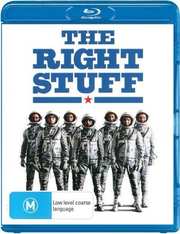
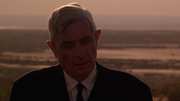
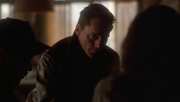
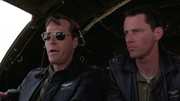
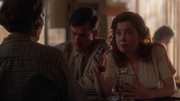

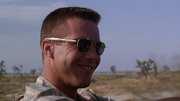
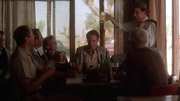
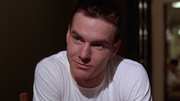
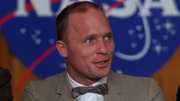

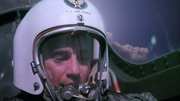
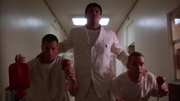
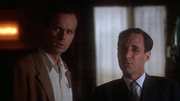

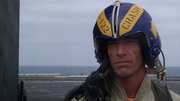
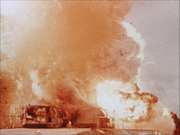

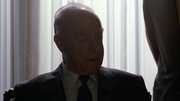
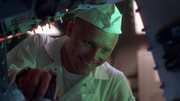
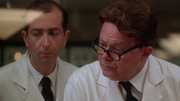
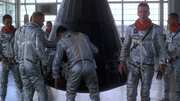

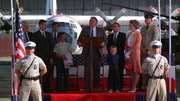
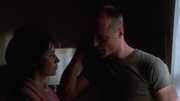

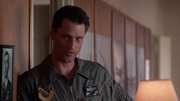
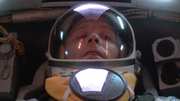
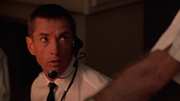
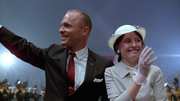
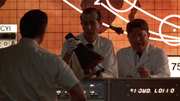







































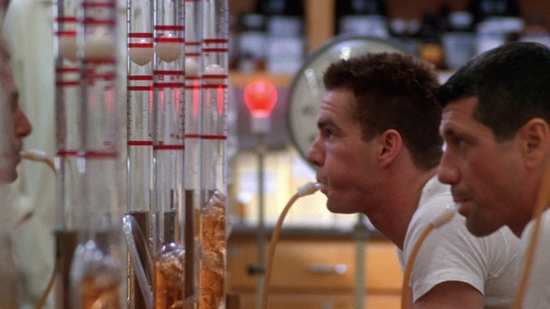





Your Opinions and Comments
Be the first to post a comment!